Following a four year hiatus as a result of the COVID-19 pandemic, this year’s iteration of Exercise Pitch Black brought in several new countries making their flying debut. During the second week of flying operations, The Aviation Studio spent several days at RAAF Base Darwin and RAAF Base Tindal, capturing flying operations and speaking with a wide array of aircrew and ground crew from across the globe.
Korea
Perhaps the most noteworthy Pitch Black appearance was from the Republic of Korea (South Korea). This deployment was the first deployment for ROKAF fighter jets across the equator and the first deployment outside of South Korea and the United States.
Becoming the first foreign operator of the F-16C/D, Korea operates over 160 of the type. Through the Peace Bridge I Foreign Military Sales program in 1981, Korea acquired 36 F-16 Block 32s (plus four in 1988) with additional orders of Block 52 aircraft under the Peace Bridge II and III programs. Designated as the KF-16, the initial 12 aircraft were manufactured in the United States with the remaining either assembled or produced in South Korea. Under an upgrade program in the 2010s, the KF-16 fleet was brought into line with the advanced F-16V with a new AESA radar alongside an array of cockpit upgrades.
Flying from Jungwon Air Base in the countries’ north, the KF-16s overnighted at Clark Airport in the Philippines on their way to Darwin. With a flight time of 9.5 hours, the aircraft were supported by KC-330 Cygnus’ with six aerial refuelling operations taking place throughout the two flights. Preparation for the deployment began in January with aircrew “…train(ing) with simulators, spending same amount of time onboard (coming to Australia). It was hard but meaningful.”
Noted amongst the six KF-16s that were present in Darwin were two RF-16s. These aircraft; RF-16C ’93-068′ and RF-16D ’93-110′ are identical in appearance to the conventional KF-16 however are capable of utilising the Condor 2 reconnaissance pod. Whilst this pod was not utilised in the exercise, it demonstrates the higher multirole ability of the RF-16 compared to the RF-4 Phantom II which were retired from the fleet in February 2014.
“Korean Air Force’s objective is to show… how outstanding the Korean Air Force is and we’re gonna show you the improving military co-operation with other nations…”
Lee Tae Kwon (o) ‘Tkreme’
Operating in a vastly different environment compared to South Korea, aircrews preformed a wide variety of tactical missions including air-to-air, air-to-ground and defensive-counter-air. Aircrew noted the excellent opportunity to look at their skills and tactical operations, bringing back a wealth of feedback to implement at their home squadrons.
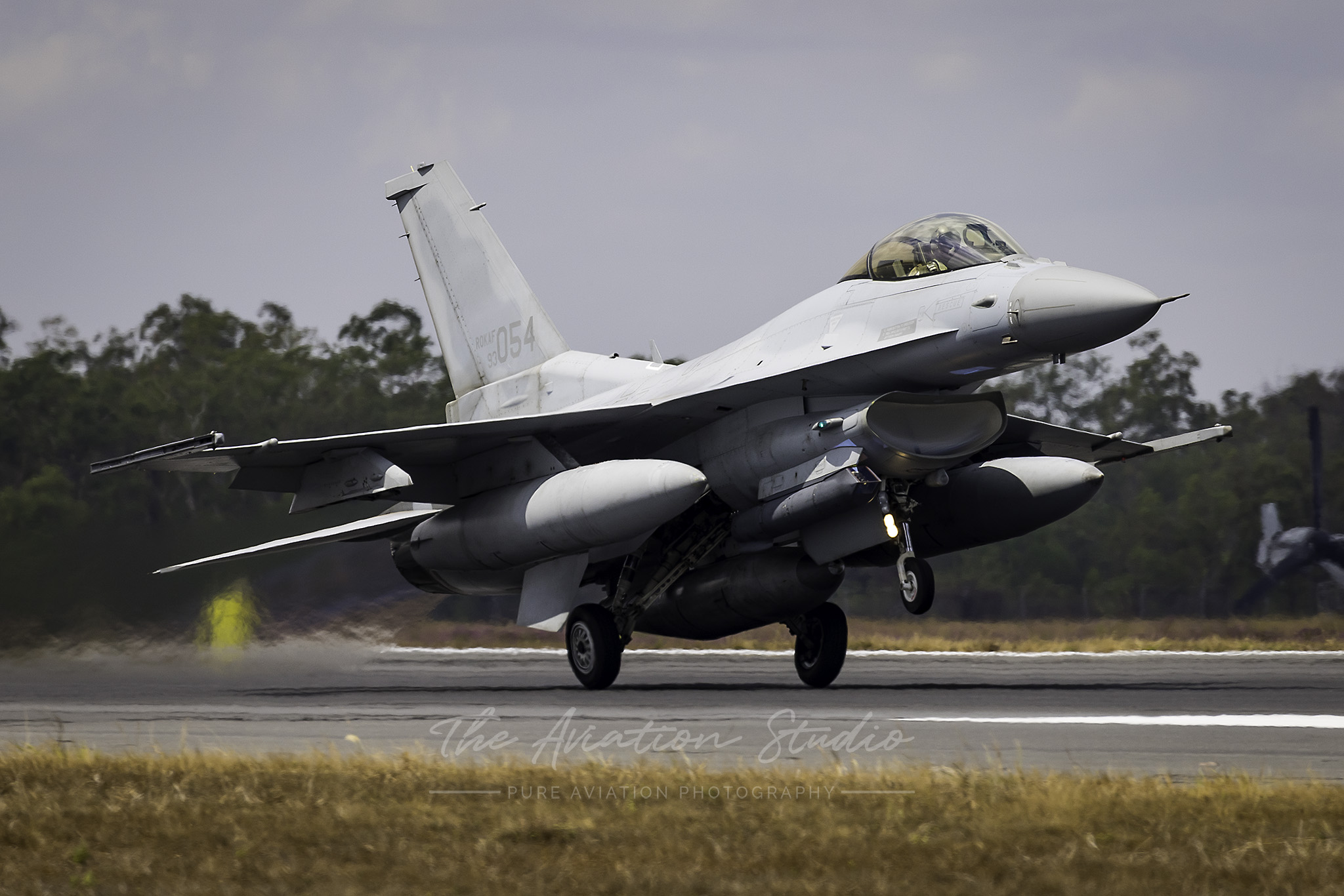
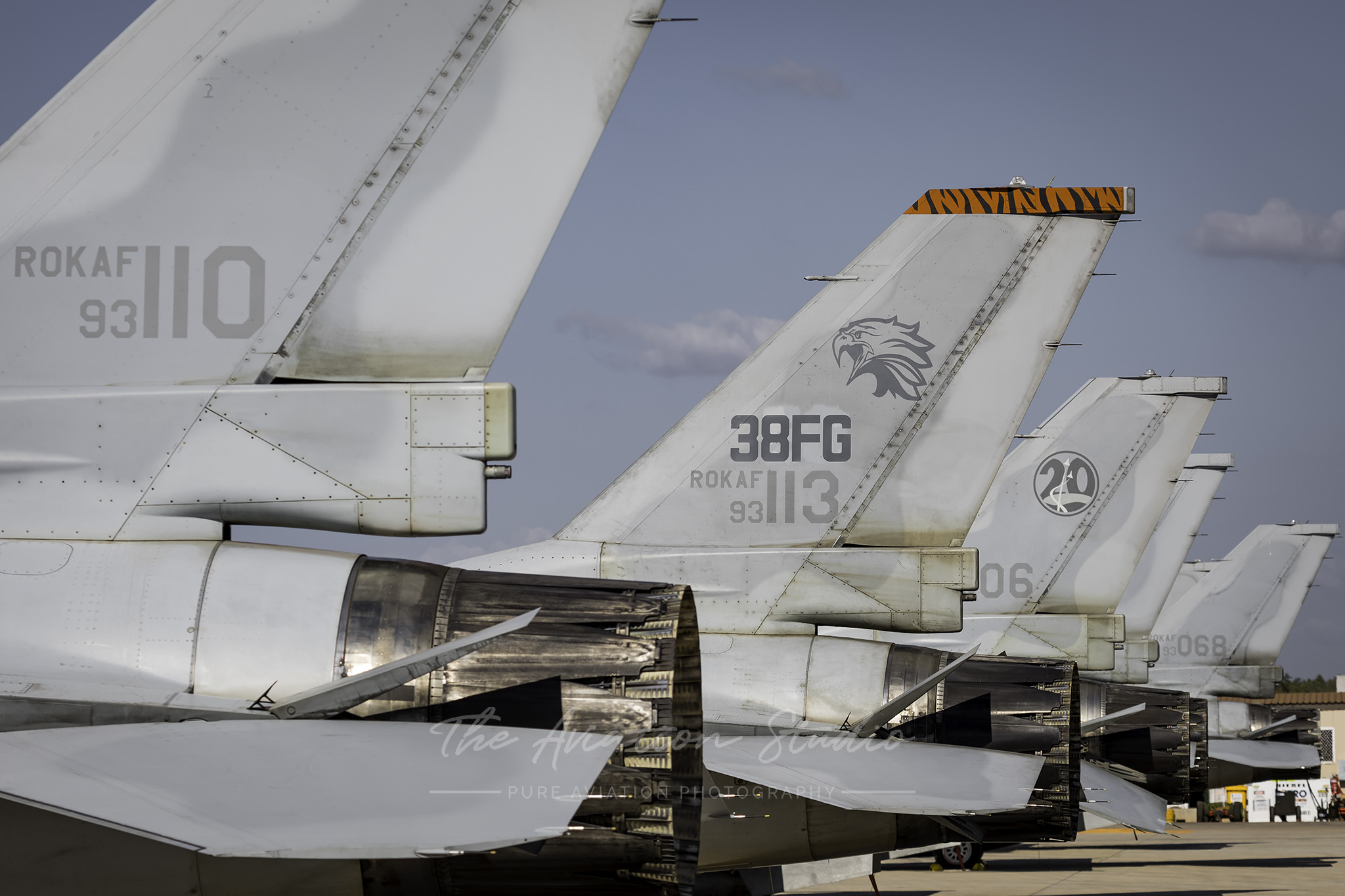
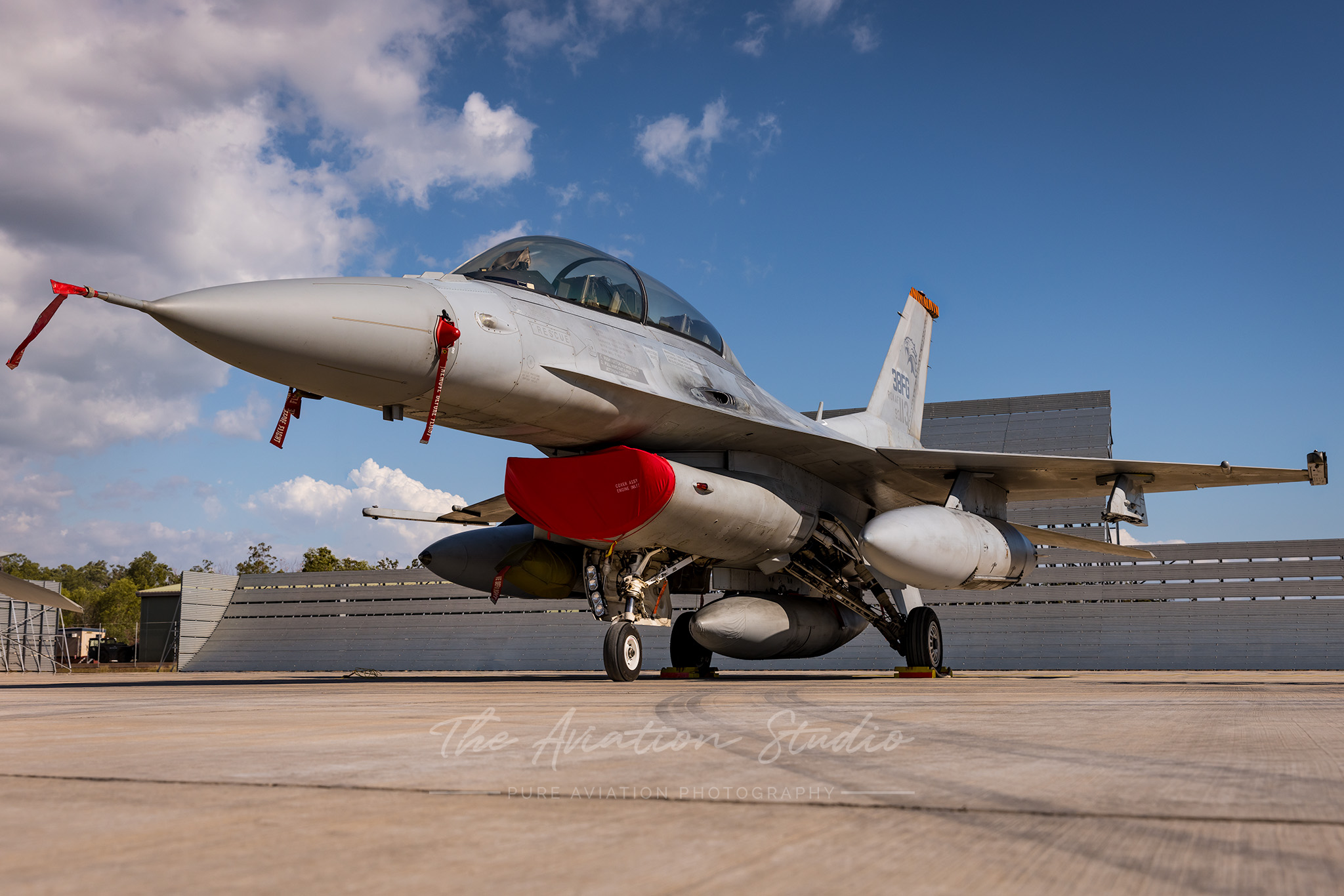
Germany
Building on their presence in the Indo-Pacific region, the German Air Force brought six Eurofighter Typhoons under Exercise Rapid Pacific 2022. Germany joined the European contingent alongside France and the United Kingdom with the latter also bringing the Typhoon to the exercise. Forming the backbone of their combat fleet alongside the Panavia Tornado, Germany has almost 140 Typhoons in service.
74th Tactical Air Force Wing Maintenance Operations Officer Captain Dirk Pretzer noted that their “first grade target” at Pitch Black was the opportunity to operate in the extensive exercise airspace over the Northern Territory, an opportunity that is hard to come by in congested European airspace.
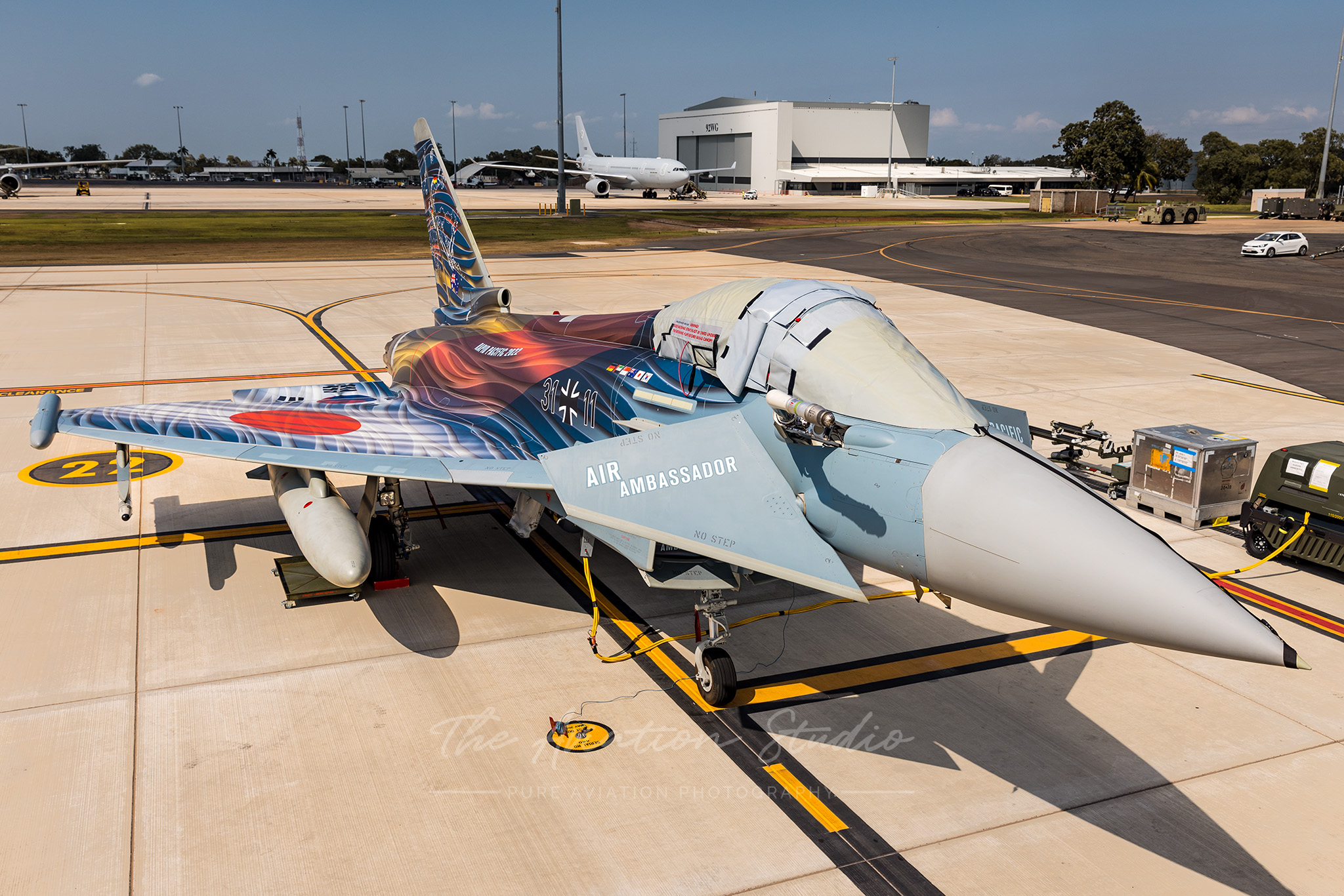


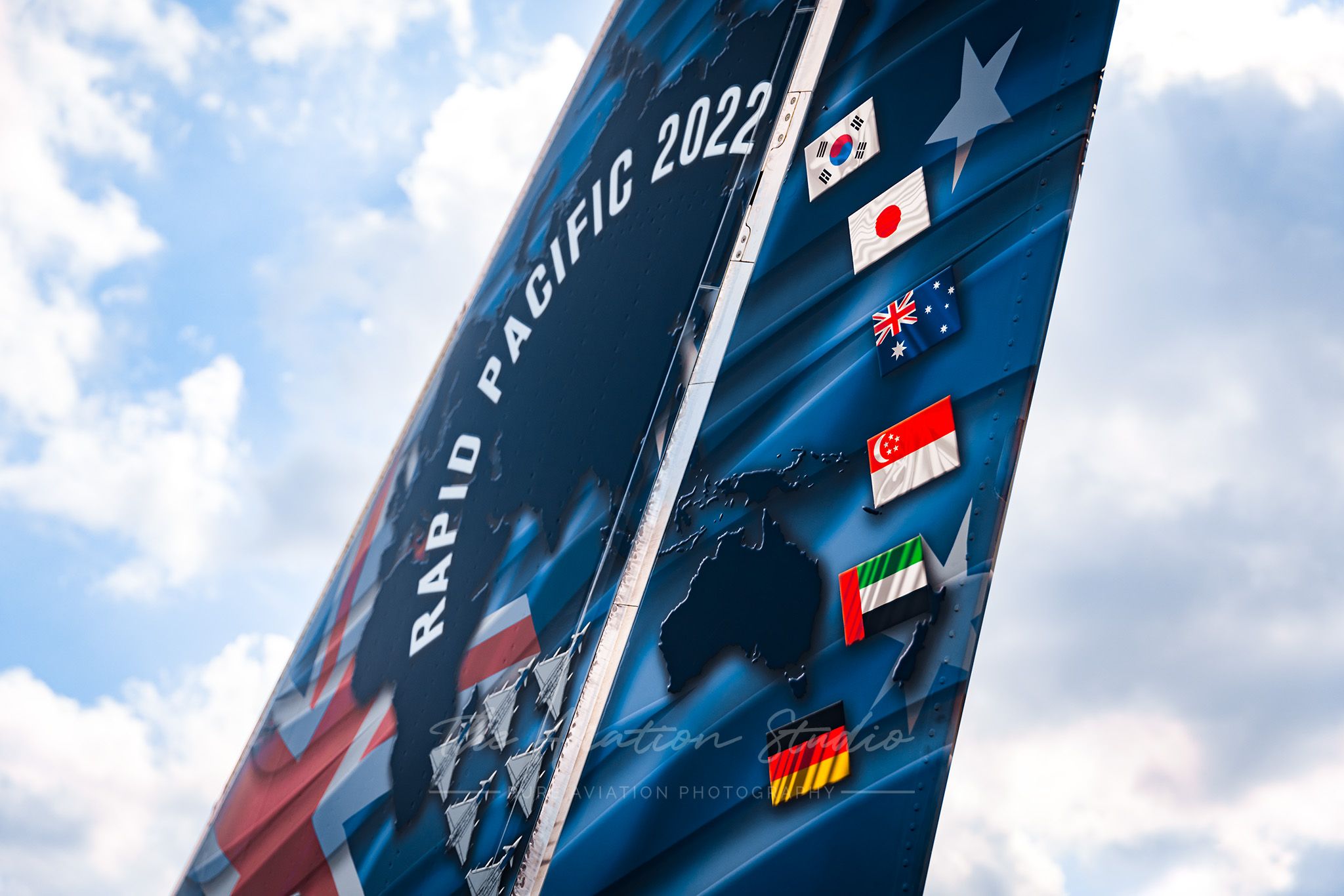
Japan
Equipped with the Kawasaki F-2A, the Japanese Air Self Defence Force brought six of their primary multirole fighters. Based out of Hyakuri Air Base outside of Tokyo and operated by 3 Hikotai, the F-2s replaced the aging F-4 Phantom II in early 2021, with the jets currently providing ADIZ support over the Honshu region.
Developed from the F-16 under Mitsubishi and Lockheed Martin, the F-2 first entered at the turn of the century. Featuring enlarged wings, engine intake and tail, the F-2 integrates a domestic components and armaments such as the J/APG-2 AESA radar alongside Mitsubishi air-to-air (AAM) and air-to-ship (ASM) missiles.
Following refuelling trials in Japan earlier this year, Australia are the only MRTT operator participating in the exercise that are qualified to refuel the F-2 fleet. A group of ten aircrew flew down to Darwin following a stopover in Guam with a mix of highly experienced and newly qualified pilots, providing an array of different skillsets. Alongside the aircrew were approximately 100 personnel.
Much like neighbouring nation and Pitch Black participant South Korea, Japan typically have a very small international presence with both nations flying in Exercise Red Flag (Nevada) and Exercise Red Flag Alaska. In addition the JASDF also regularly deploys to Guam in support of Exercise Cope North alongside Australia and the United States.
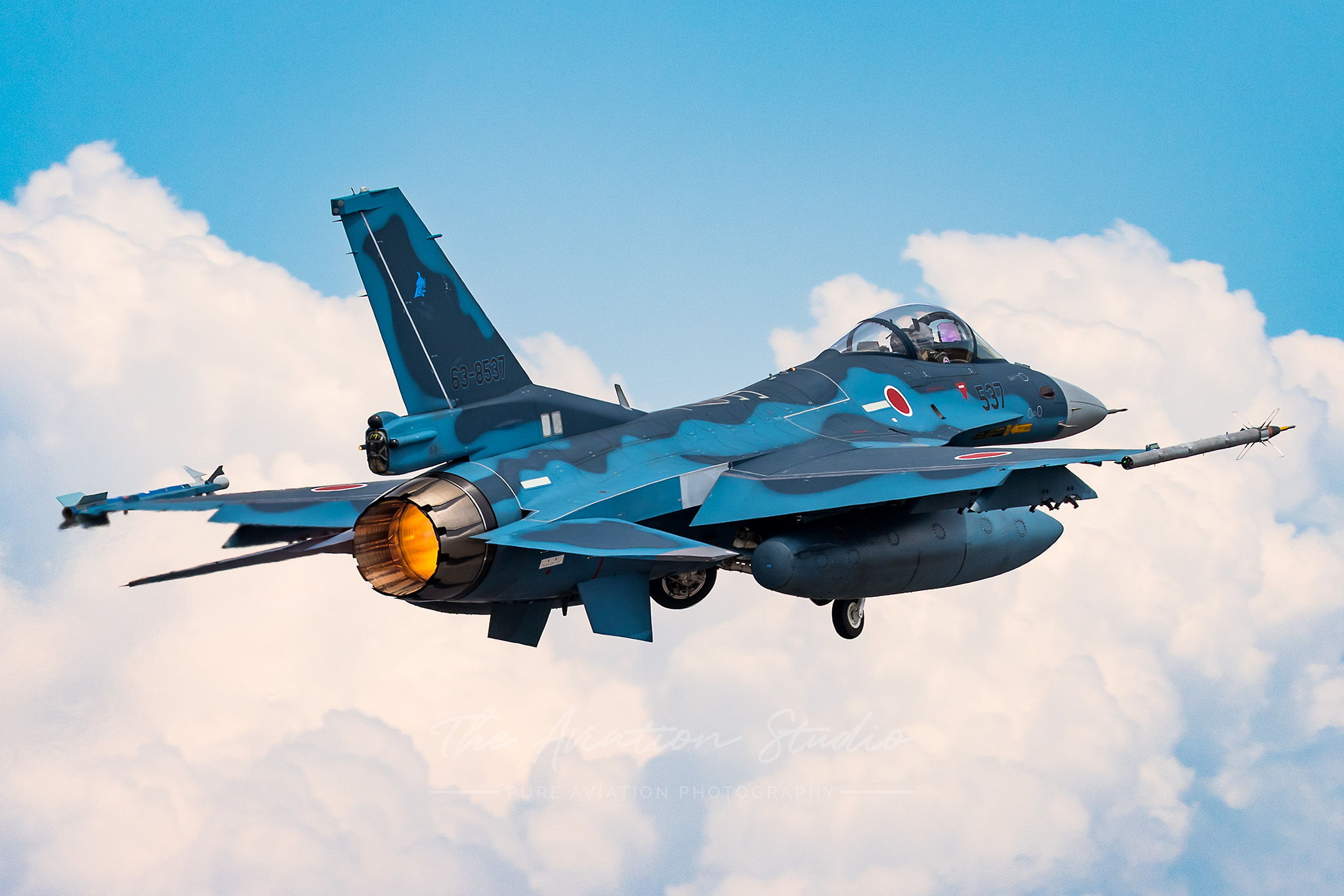
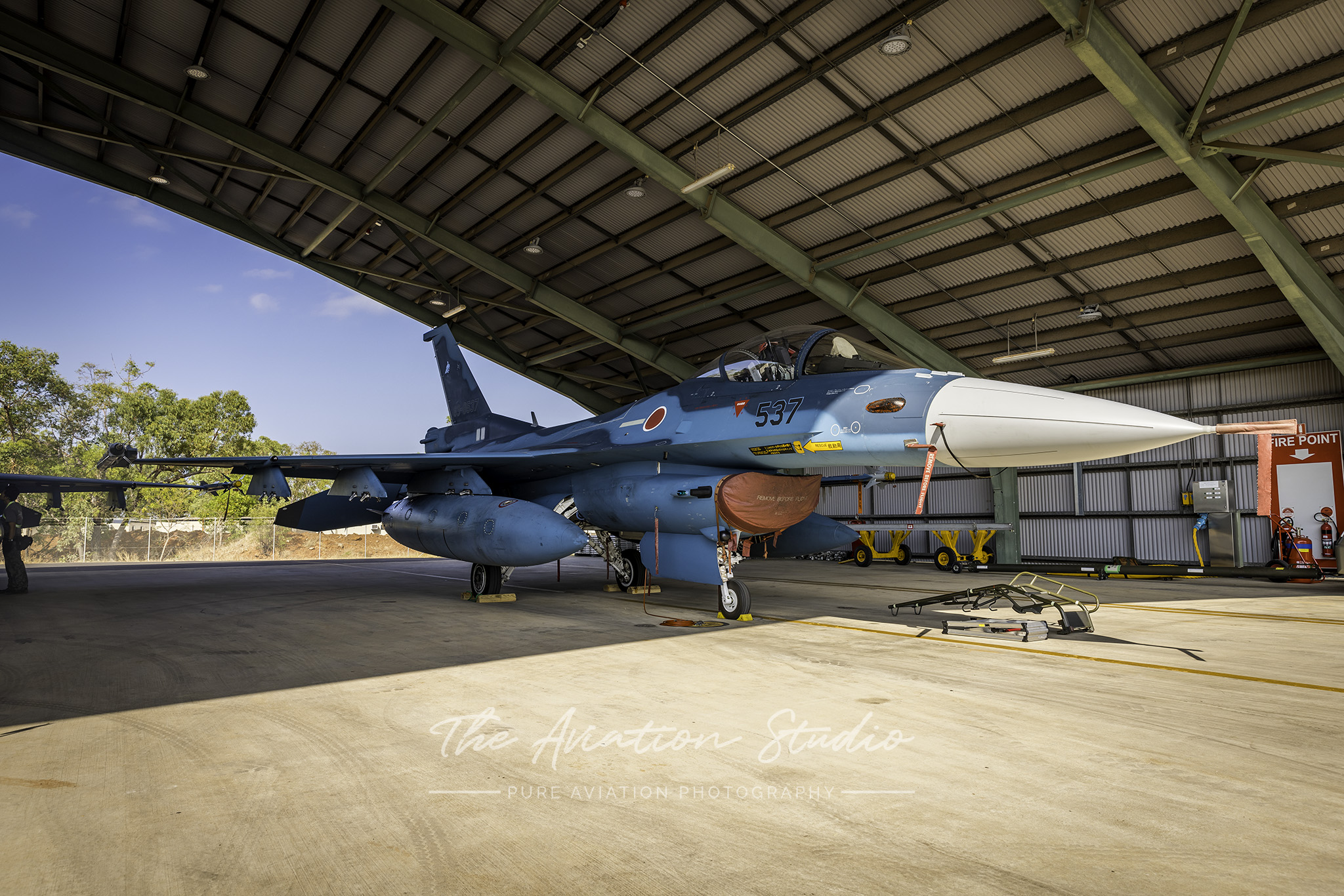
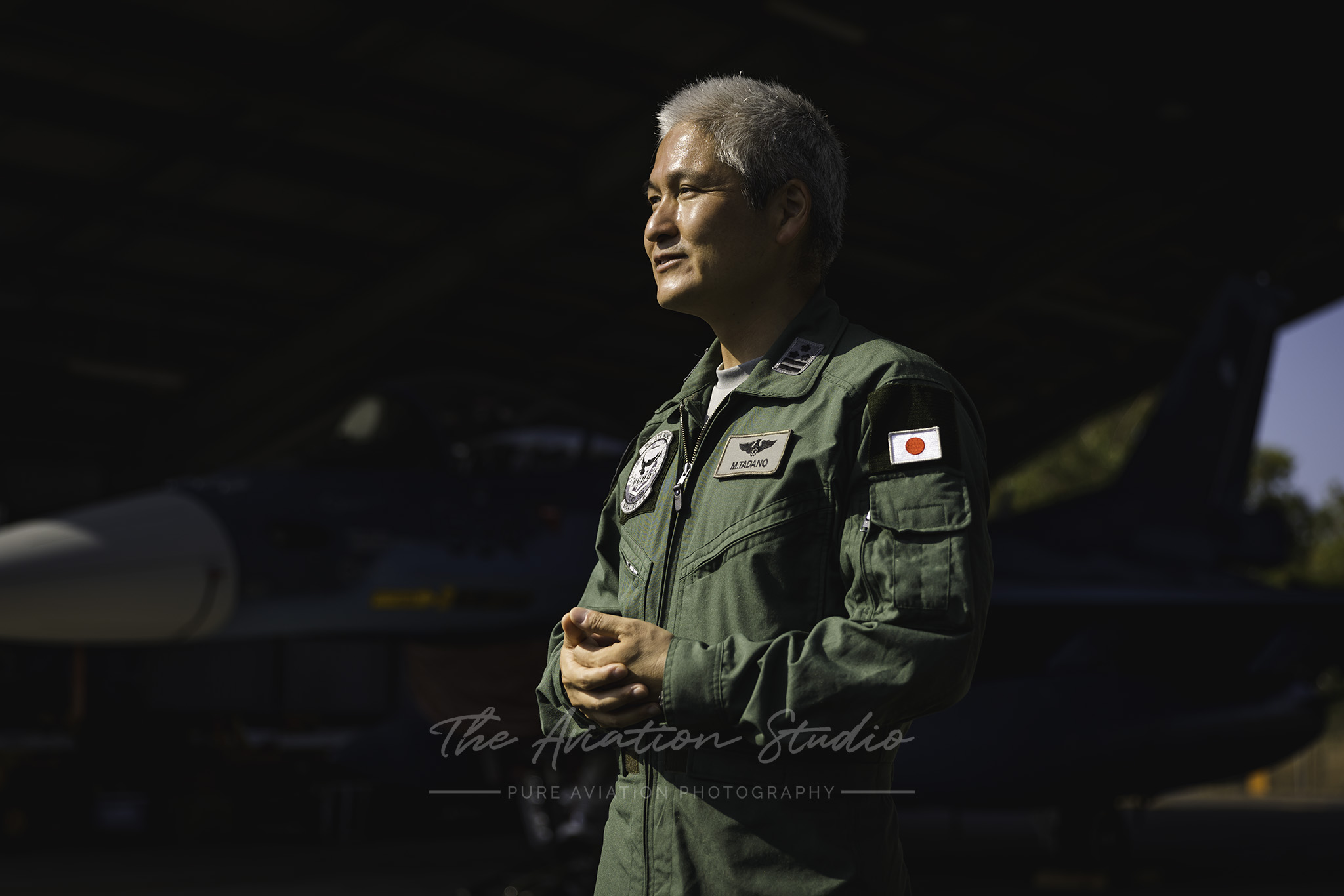
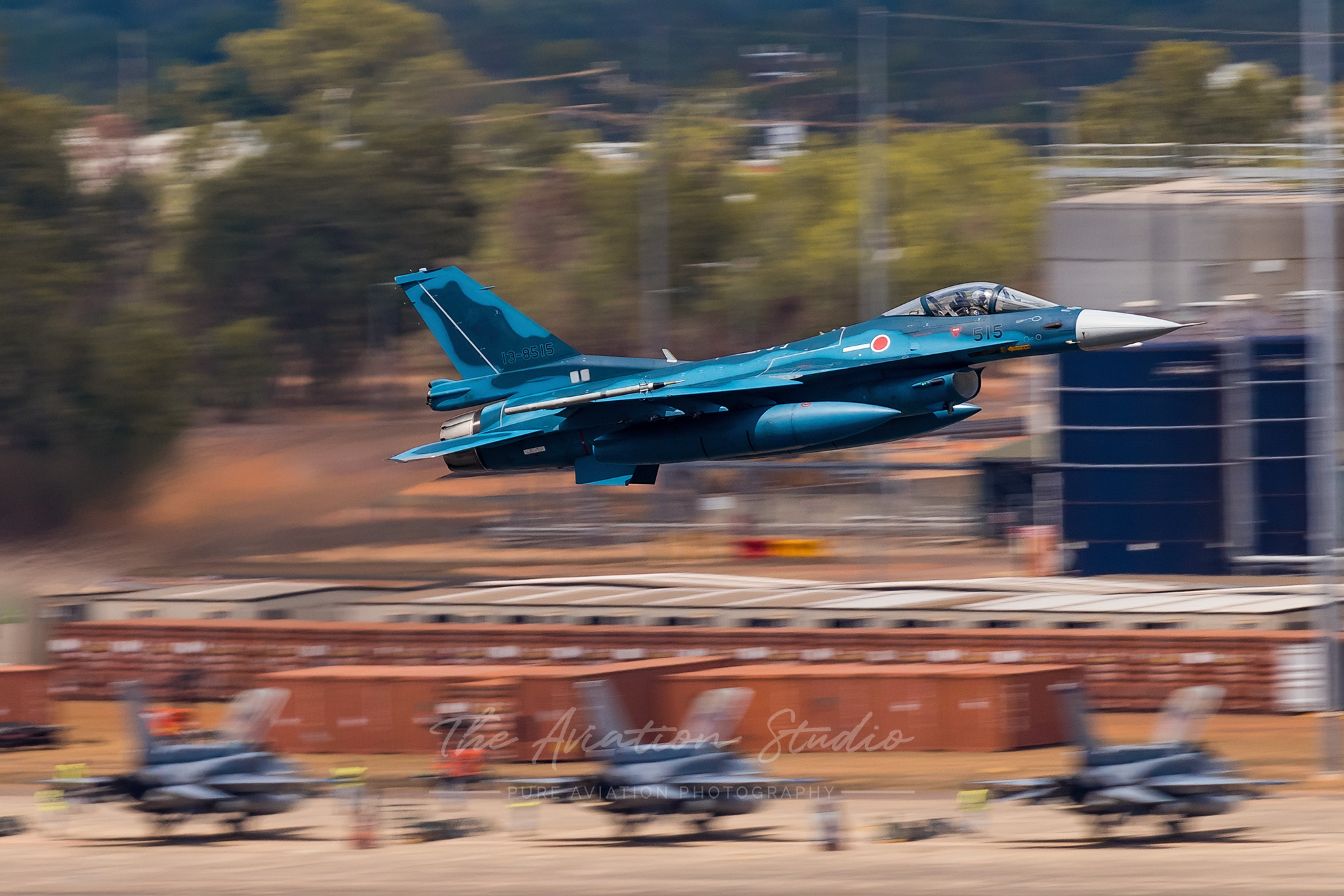
Lightning Debut
Following their arrival into Australia in 2018, Pitch Black marked the first time that the F-35 Lightning II has participated. Alongside the Australian F-35 fleet were twelve F-35Bs from the United States Marine Corps (USMC). Flown down from their permanent forward operating base of Iwakuni, Japan, VMFA-121 operated out of RAAF Base Tindal with a short stint at RAAF Base Curtin during the first week of the Exercise.
Speaking with FLTLT ‘Smithy’, an experienced F/A-18 and F-35 pilot, he provided media with an overview of the F-35, its interoperability with partner nations, and the role it plays at Pitch Black. Whilst only No. 3 Squadron were participating with eleven F-35s, a variety of aircraft and aircrew were noted from No. 2 OCU, No. 75 Squadron and No. 77 Squadron. He described the exercise as a ‘tac-domestic nightmare’ with 70-odd aircraft operating in the same airspace above the Northern Territory skies. With many nations having English as their second language, crews also had to work through language barriers alongside operational differences.
The F-35 presents a huge leap in capabilities not only at Pitch Black but internationally. With four international weapon bays, the Lightning II features a high level of situational awareness through sensor fusion with frequent software updates every few months. This is a step away from the traditional software upgrades every few years, meaning both aircrew and ground crew are constantly adjusting to minor adjustments to aircraft functionality.
At RAAF Base Tindal, the USMC utilised Pitch Black as an opportunity to “rehearse and validate tactics, techniques and procedures for deploying in an expeditionary manner.” Their twelve F-35s were joined by several KC-130Js from VMGR-152 also based at MCAS Iwakuni. Shortly before the exercise kicked off, the RAAF and USMC performed an elephant walk on Tindal’s runway with 17 aircraft forming up for a photoshoot down the 8000ft runway.

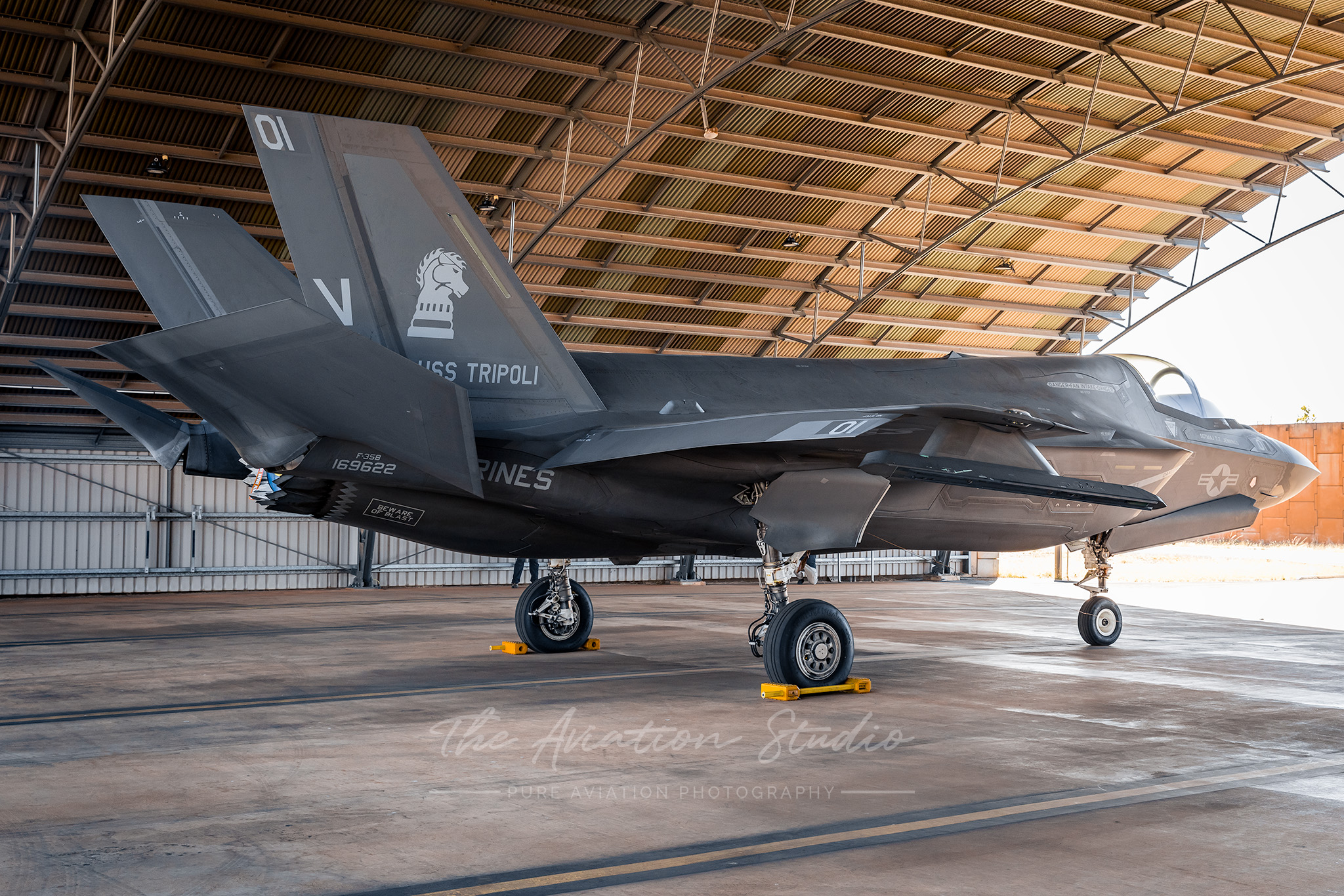
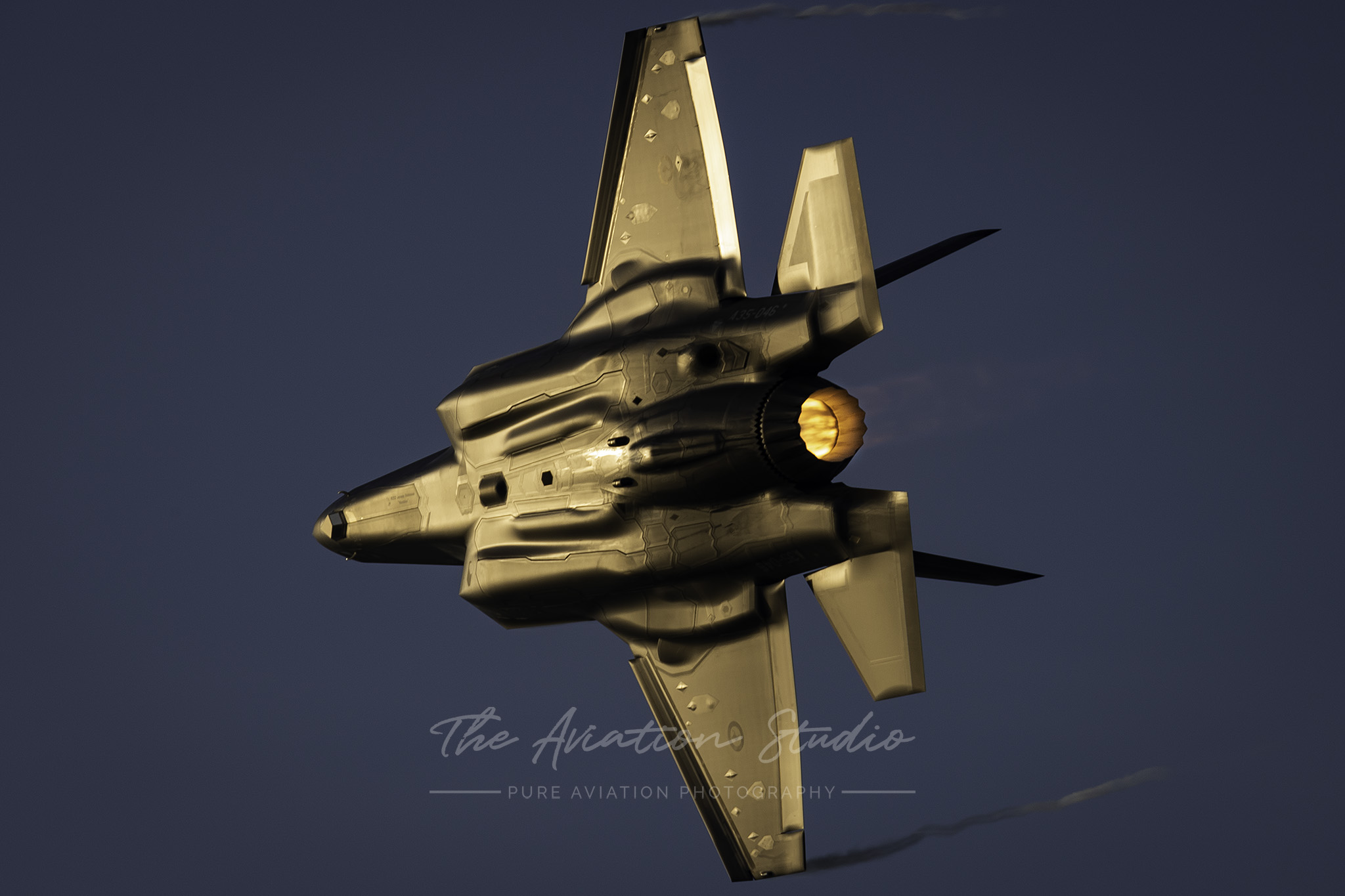
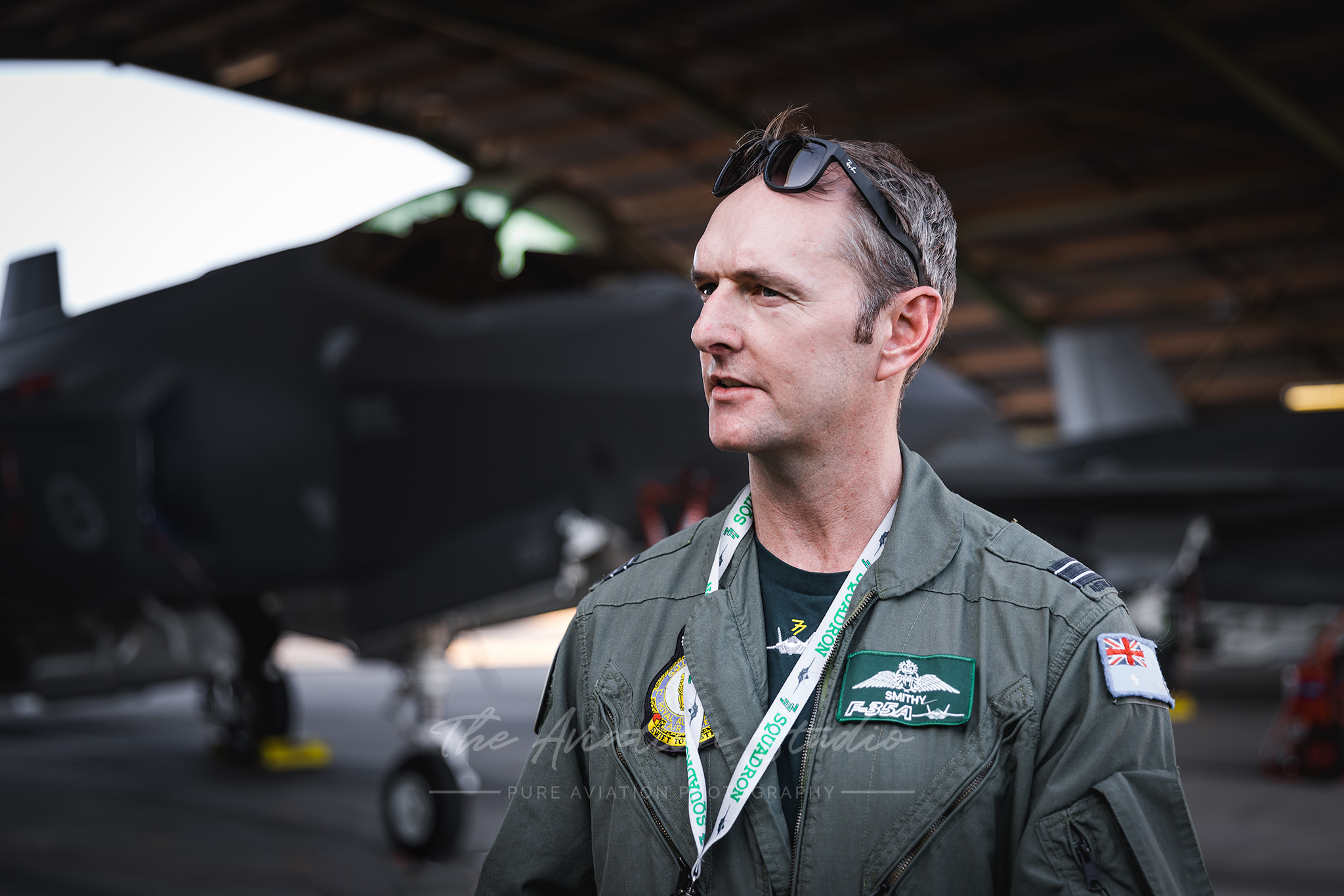
The Aviation Studio would like to thank the Royal Australian Air Force, Defence Media, FLTLT Marchant and SQNLDR Hamilton for providing us with this opportunity. An additional thanks to the German Air Force, Republic of Korea Air Force, Japanese Air Self Defence Force and United States Marine Corps.